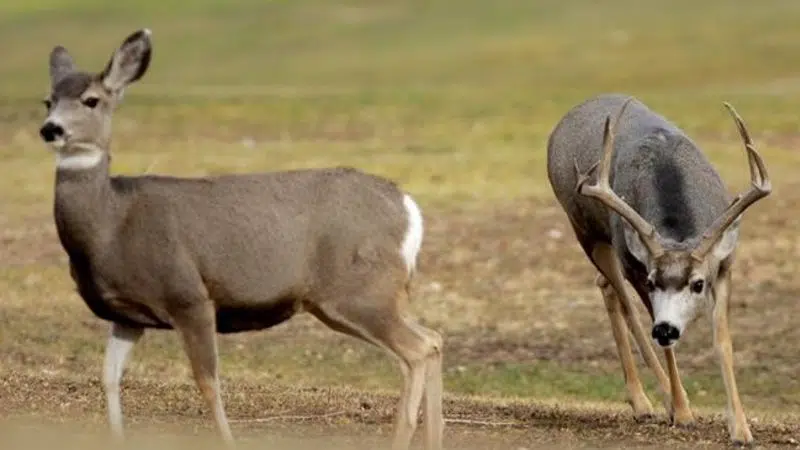
‘Pool of bad choices:’ No charges for Alberta officer who ran over injured deer
LETHBRIDGE, Alta. — A southern Alberta police officer caught on video repeatedly running over an injured deer will not be charged after the province’s police watchdog determined it saw no better way to end the animal’s suffering.
Greg Gudelot, a lawyer with the Alberta Serious Incident Response Team, said the emotional impact cannot be understated of a 15-minute bystander video that shows the marked police pickup truck driving and reversing over the young female mule deer.
“It was and remains profoundly distressing and heartbreaking to watch,” Gudelot said in Lethbridge on Wednesday. “It is unforgettable and impossible to unsee.”
But ASIRT said its investigation — done with the help of Alberta Fish and Wildlife and the Alberta Society for the Prevention of Cruelty to Animals — had to be based on evidence, not sympathy or public pressure.
